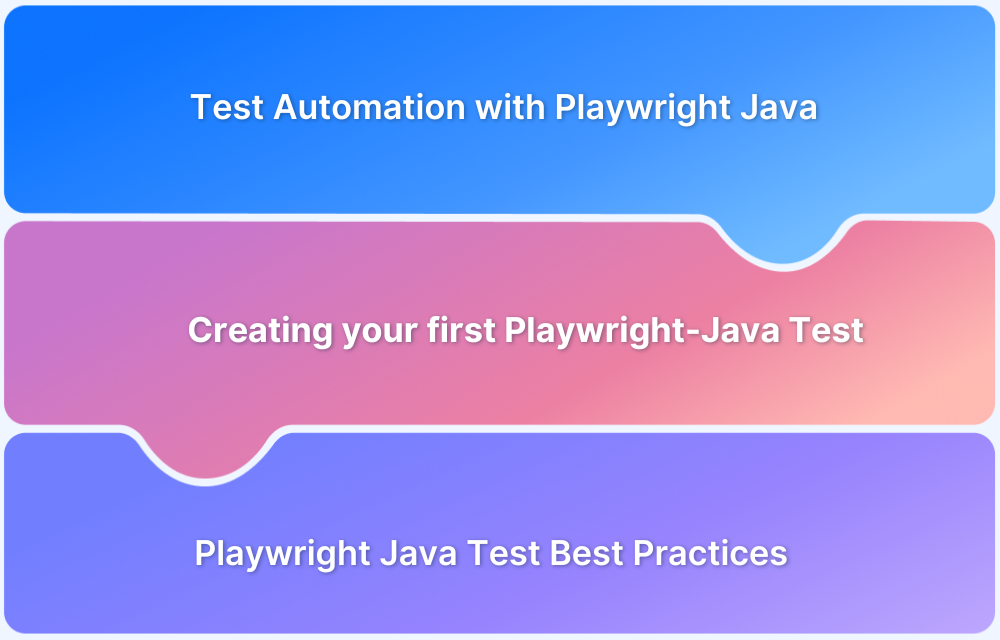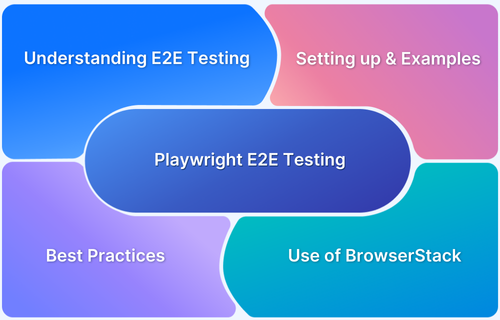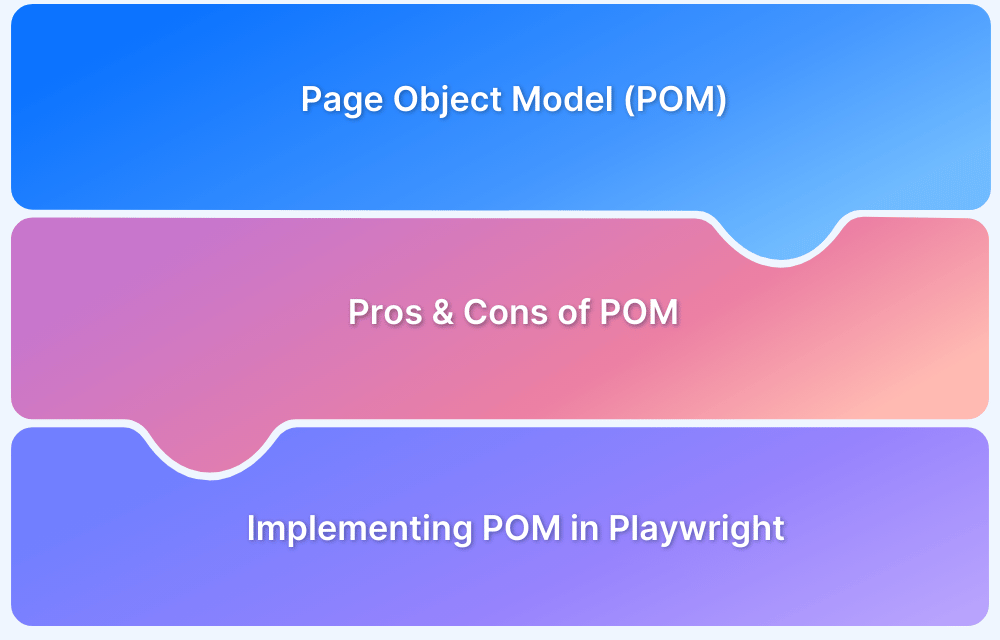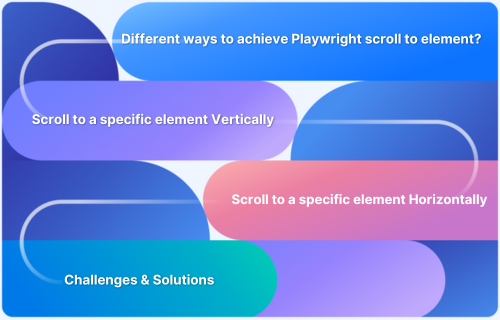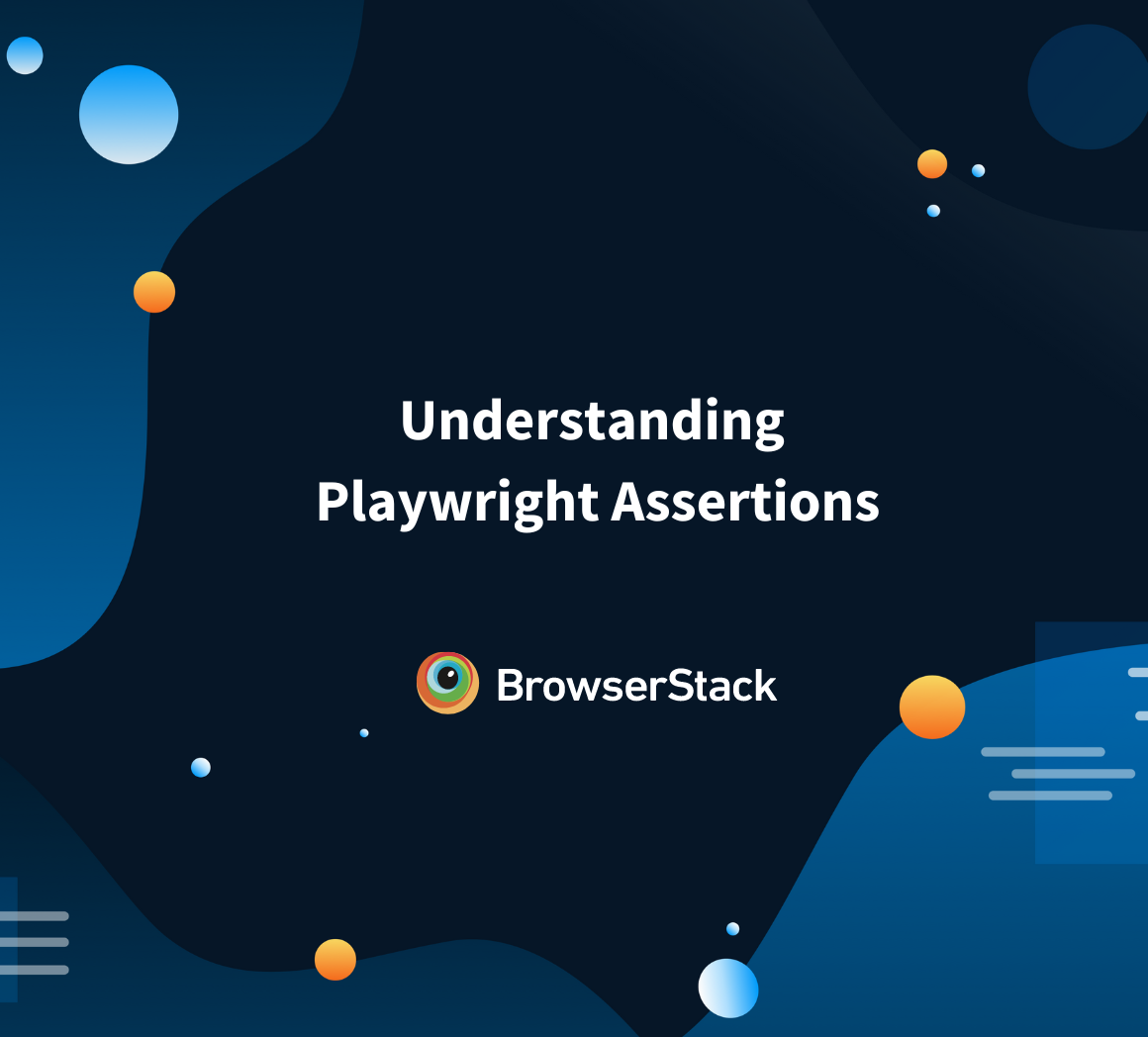Getting started with Playwright and TypeScript in 2026 is a powerful combination for developers looking to automate web testing with speed and accuracy.
Playwright, an open-source framework by Microsoft, provides high-level API support for browser automation, while TypeScript, a superset of JavaScript, offers strong typing and better development tooling.
This guide will help you configure Playwright with TypeScript, write your first tests, and integrate everything into a seamless CI/CD pipeline, with tips to scale and optimize your testing efforts.
Why use Playwright with TypeScript in 2026?
Playwright is a preferred browser automation tool due to its multi-browser support, including Chromium, Firefox, and WebKit. As the web evolves in 2026, having a robust tool like Playwright allows for testing modern web applications across different devices, browsers, and operating systems. Combining Playwright with TypeScript adds extra benefits:
- Static Typing: TypeScript helps catch errors early in the development cycle by adding static types to JavaScript, ensuring more reliable code.
- IntelliSense & IDE Support: TypeScript integrates seamlessly with IDEs like Visual Studio Code, offering enhanced auto-completion, refactoring tools, and error checking.
- Scalability: TypeScript enables better organization and maintenance of large test suites, making it easier to manage in growing projects.
Prerequisites: Tools, Versions & Environment Setup
Before diving into configuring Playwright and TypeScript, make sure your environment is ready.
- Node.js and npm: Install the latest LTS version of Node.js, as Playwright relies on it for executing scripts.
- TypeScript: Install TypeScript globally or locally in your project using npm install -g typescript or npm install –save-dev typescript.
- IDE: Use Visual Studio Code for optimal Playwright and TypeScript integration.
- Playwright: Run npm install playwright to install Playwright in your project directory.
Read More: Playwright vs Cypress: A Comparison
Installing Playwright and Configuring TypeScript
Now that your environment is set up, it’s time to install Playwright and configure it to work with TypeScript.
Install Playwright:
In your terminal, run:
npm install playwright
- This will install Playwright along with the required browser binaries.
Install TypeScript:
To set up TypeScript, use the following command:
npm install –save-dev typescript
- This will install TypeScript as a development dependency in your project.
Create tsconfig.json:
In the root of your project, create a tsconfig.json file to configure TypeScript. Example configuration:
{ “compilerOptions”: {
“target”: “ESNext”,
“module”: “CommonJS”,
“strict”: true,
“esModuleInterop”: true,
“skipLibCheck”: true
},
“include”: [“src/**/*.ts”]
}Read More:Web Scraping with Playwright
Setting Up Project Structure and tsconfig
For clarity and maintainability, organize your Playwright test files and configuration in a structured way.
Directory Structure:
/project /src
/tests
login.test.ts
checkout.test.ts
/config
playwright.config.ts
- tsconfig.json: This file tells TypeScript where to find your test files and how to compile them.
Writing Your First Playwright Test in TypeScript
With everything set up, it’s time to write your first Playwright test in TypeScript.
- Create a test file: In src/tests/, create a file login.test.ts.
Write the test code:
import { chromium } from ‘playwright’;(async () => {
const browser = await chromium.launch();
const page = await browser.newPage();
await page.goto(‘https://example.com’);
await page.click(‘text=Login’);
await page.fill(‘input[name=”username”]’, ‘myUser’);
await page.fill(‘input[name=”password”]’, ‘myPassword’);
await page.click(‘text=Submit’);
await page.waitForSelector(‘text=Welcome’);
await browser.close();
})();2. Run the test:Use the ts-node or tsc to execute the TypeScript test file:
npx ts-node src/tests/login.test.ts
Configuring Playwright (playwright.config.ts) for TypeScript Projects
The playwright.config.ts file lets you fine-tune Playwright’s behavior. Here’s an example configuration:
import { defineConfig, devices } from ‘@playwright/test’;export default defineConfig({
testDir: ‘./src/tests’,
retries: 2,
use: {
headless: true,
baseURL: ‘https://example.com’,
viewport: { width: 1280, height: 720 },
screenshot: ‘only-on-failure’,
},
projects: [
{
name: ‘Desktop Chromium’,
use: { browserName: ‘chromium’ },
},
{
name: ‘Mobile Safari’,
use: { …devices[‘iPhone 12’] },
},
],
});Talk to an ExpertDebugging and Running Tests Locally
While working locally, you might need to debug your tests. Here are some tips:
- Headless Mode: Set headless: false in your config to run tests in non-headless mode for better debugging.
Playwright Inspector: Use Playwright’s built-in inspector by running:
npx playwright test –inspect-brk
- This opens a debugger and allows you to step through test code.
- Visual Logs: Enable screenshots or video capture to better analyze test failures.
Running Tests on Real Devices & Browsers
While Playwright is powerful for local testing, ensuring tests run on real devices and browsers is essential for accurate results. Testing across different environments ensures you catch device-specific or browser-specific issues early.
BrowserStack Automate provides a cloud grid of real browsers and devices, allowing you to execute Playwright tests in a wide variety of environments without maintaining a physical device farm.
Benefits include:
- Real Device Testing: Run Playwright tests on real mobile devices and browsers in the cloud.
- Cross-browser Testing: Ensure your web apps work seamlessly on different browsers.
- Integration with CI/CD: Run automated Playwright tests on real devices as part of your CI/CD pipeline.
Integrating Playwright TypeScript Tests into CI/CD Pipelines
Playwright tests can be integrated into any CI/CD system like Jenkins, GitHub Actions, or CircleCI. Here’s a general flow:
- Install Dependencies: Make sure Playwright and TypeScript are installed in the CI environment.
- Configure Browser Setup: Use npx playwright install to download the necessary browser binaries.
- Run Tests in CI: Add a step in your pipeline to execute Playwright tests with:
npx playwright test
Best Practices and Tips for Scalable Test Suites
Here are some of the bets practices to follow for scalable Playwright test suites
- Test Parallelism: Use Playwright’s built-in parallelism to run multiple tests at the same time, improving speed.
- Use Fixtures: For complex workflows, use fixtures to set up common test states or environments.
- Test Reporting: Use Playwright’s built-in reporting or integrate third-party tools like Allure for better visibility into test results.
- Keep Tests Isolated: Ensure that each test runs in an isolated environment, especially when testing with browsers and devices.
Conclusion
Playwright and TypeScript make a powerful combination for browser automation, and with the steps outlined in this guide, you are now equipped to get started with automated testing in 2026. By setting up Playwright properly with TypeScript, you ensure a scalable, maintainable testing environment.
Don’t forget the benefits of BrowserStack Automate to run your Playwright tests on real devices and browsers, making your testing process more comprehensive and accurate. By following best practices and leveraging CI/CD integration, you can streamline your testing workflow and ensure high-quality web applications.



